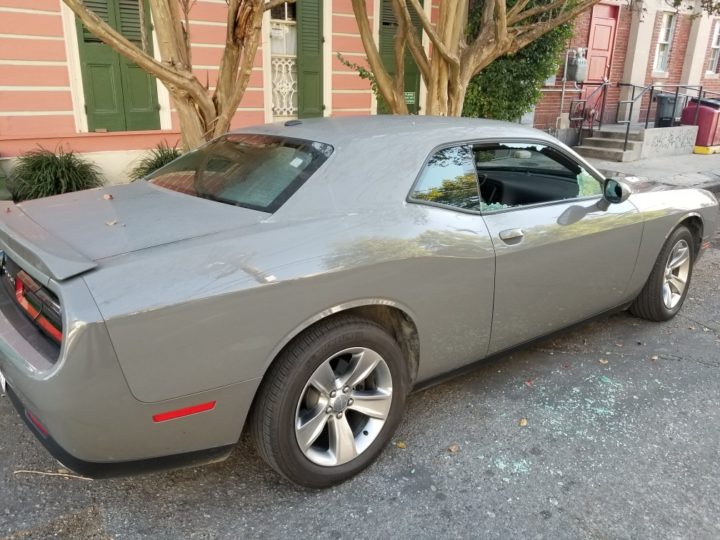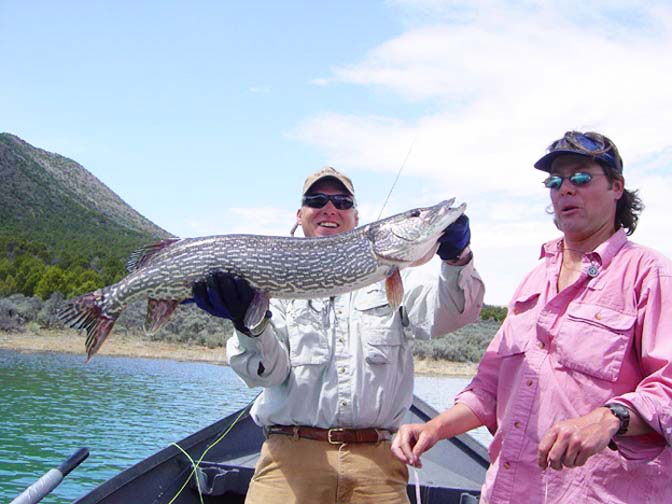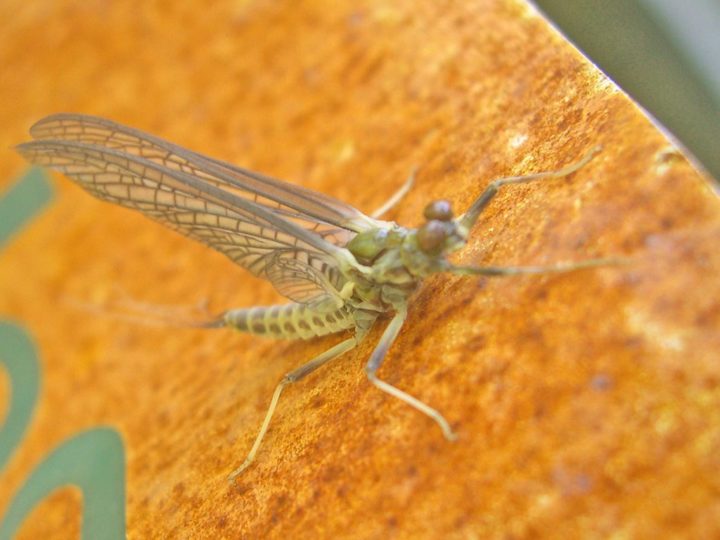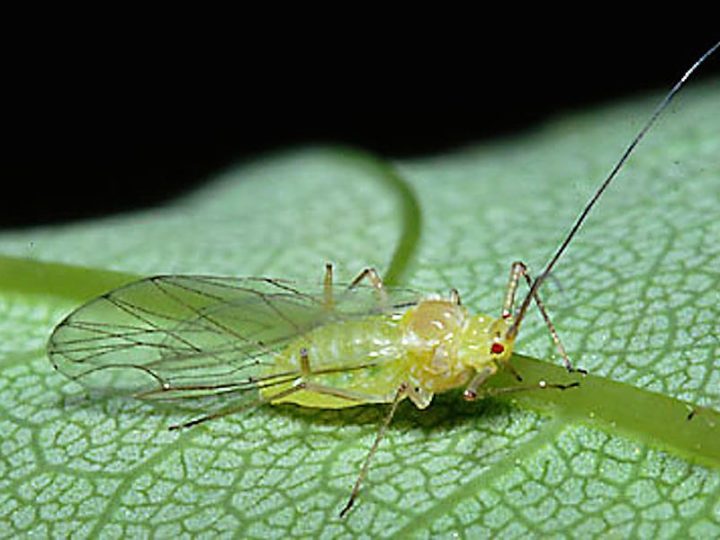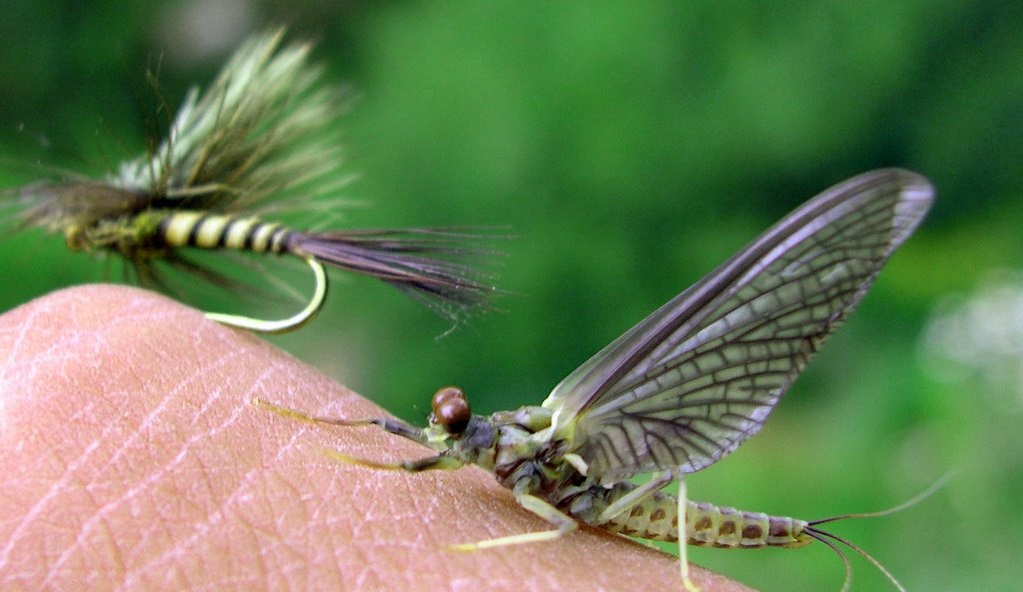
On the Roaring Fork and Colorado Rivers the Green Drakes hatch at dusk. Periodic light hatches of drakes can occur during afternoons, though they are never as heavy as during the evening hours, and almost always take place during rare periods of overcast weather. The half hours just before and after sunset are often the most productive times to fish dry flies. Floating the rivers in drift boats or rafts is the most effective way to take advantage of the hatch. It also allows you to cover vast amounts of water and actively feeding fish. Hiring an experienced guide is highly recommended. Guides have extensive knowledge about hatches, locations, fly patterns. In addition, most of the Roaring Fork is private water that is only accessible via floating (in Colorado the land owner owns the streambed but not the water itself).
The Colorado River from New Castle to Glenwood Springs sees the first of the valley’s Green Drake hatches. Usually this takes place during the second or third week of June and can last up to the middle of July. For the wade fisherman, the best access points include the New Castle Access, Dino Hole, Canyon Creek, South Canyon, Confluence Access, No Name and Grizzly Creek areas. During the last week of June, Green Drakes make their annual appearance along the lower stretches of the Roaring Fork from Glenwood Springs to Carbondale. This is best place to find great numbers of drakes during the evening hours. Popular access points include Veltus Park, Sunlight Bridge, Glenwood Park, the Airport Access, Bury Lease, Aspen Glen, and Sutank Bridge. Like the Colorado River, the hatch is often best from the end of June to the third week of July.
As the water begins to warm above Carbondale, the hatch slowly progresses up river. This usually happens from the middle of July to the early parts of August. From Carbondale up to Basalt, the best wade access points include the Carbondale Access, Catherine’s Store, the Tree Farm, Hooks Bridge and the water through the town of Basalt. At this point the water from Basalt up to Aspen heats up during August and into early September. The drake hatch is usually not as heavy on the upper river in comparison, though it certainly is a mighty fine hatch in its own right. The drakes can and do hatch in fishable numbers during the afternoon hours up there, but we find the action is more consistent in the evening hours. Numerous access points offer good wade fishing with the best and largest chunk being from the Upper Woody Creek Bridge (Jaffe Park) up to Aspen.
During this same time frame, the Green Drakes begin to appear on the Frying Pan. August is far and away the best month to find consistent and often times heavy hatches of drakes. Late July will sometimes produce fishable hatches on the lower sections of the river. Unlike the other valley waters, the Green Drakes on the Frying Pan prefer to hatch at midday. The hatches on the Frying Pan are much more predictable and almost always begin around the noon hour. Because of this, more exact imitations are needed. Royal Wulffs and H & L Variants are out of the question here, while Sparkleduns, Winged Drakes, Cripples, and Hen Wing Patterns are highly effective. Lighter tippets will be necessary to entice the selective fish of the Frying Pan. We still typically fish 6X tippets to size 12 drake patterns. Fishing pressure is at its annual height at this time, allowing fish to scrutinize your flies. Precise dead drifts are mandatory. Often times a downstream drift is employed by those in the know, allowing the fish to see your fly first instead of line, leader, tippet, and then your fly.
Kirk Webb 2006
